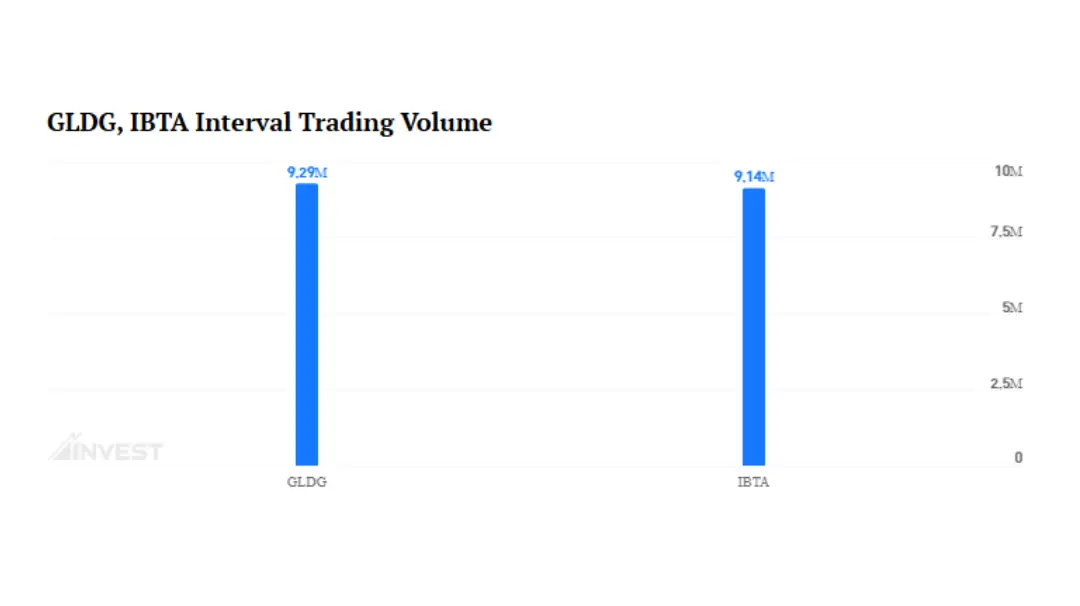Safe Havens in Focus
Gold remains the traditional hedge against uncertainty. After hitting record highs above $2,400/oz earlier this year, it continues to attract demand from central banks and cautious investors.
Bitcoin, meanwhile, has surged to the $75K–$80K range after peaking at $85,000 in Q1. The April 2024 halving, strong ETF inflows, and increased adoption as a digital asset are key drivers of its growth.
Why the Demand?
- Gold: Backed by decades of trust and recent central bank accumulation, especially in emerging markets. Lower rates make non-yielding assets more attractive.
- Bitcoin: Scarcity post-halving, growing institutional interest, and its role in decentralized finance and cross-border payments have strengthened its position as “digital gold.”
Head-to-Head
|
Feature |
Gold |
Bitcoin |
|
Volatility |
Low |
High |
|
Market Access |
Traditional brokers |
24/7 digital access |
|
Supply Control |
Mining-based |
Fixed algorithm |
|
Institutional Use |
Central banks |
ETFs, crypto funds |

Source says: Both assets are liquid, but their markets differ. GLD's $98 billion AUM and 11.9 million daily shares traded (as of May 2025) make it a liquidity powerhouse. Bitcoin, via IBIT's $72.4 billion AUM and $409 million single-day inflow spike in May, is closing the gap. Crucially, Bitcoin's liquidity is now more institutional-grade, with BlackRock's IBIT attracting $49 billion in net inflows since launch—far outpacing rivals like Fidelity's FBTC.
Investor Outlook
Many investors are holding both assets. Gold offers stability; Bitcoin offers growth. In 2025, they’re increasingly viewed as complementary tools in a diversified portfolio.
Bottom Line
Gold and Bitcoin are no longer competing — they’re coexisting. In an uncertain market, smart investors aren’t choosing one or the other. They’re choosing both.